Our Palmas kids learned about boat and water safety at La Pescaderia. They took a week course offered by the US Auxiliary Coast Guard — Boating Skills and Seamanship (BS&S)– a comprehensive course designed for both the experienced and the novice boater. The course, now in its 14th edition published in 2013, consists of 8 core-required two-hour lessons plus five elective lessons, providing up-to-date knowledge for handling boats in all conditions. A very important course even if you don’t have a boat. Safety first!! Specially on the water.
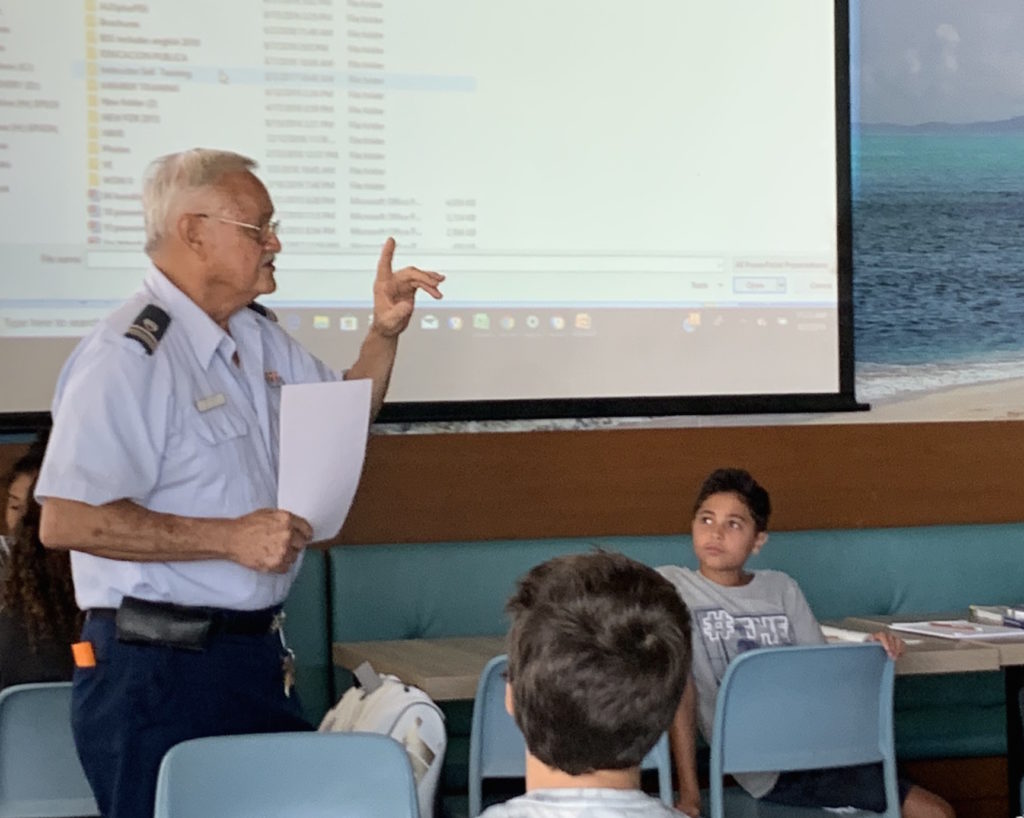
Topics Include
Which Boat Is For You? – Boater’s language; types of boats; outboard motors and sterndrives; hull design; uses of boats; other power plants; materials for constructing boats; your intended use; the Coast Guard Customer Infoline; marine surveyors; buying a boat.
Equipment For Your Boat – Requirements for your boat; your boat’s equipment; legal considerations; substance abuse; boating accident reports; Courtesy Marine Examinations.
Trailering Your Boat – Legal considerations; practical considerations; the towing vehicle; balancing the load; handling your trailer; pre-departure checks; preparing to launch; launching; retrieving; storing your boat and trailer; theft prevention; Zebra mussels; float plan.
Handling Your Boat – Leave with a full tank; fuelling your boat; your boat’s propeller; cars and boats; twin screws; jet drives; loading your boat; getting started; leaving a pier; “man” overboard; docking; mooring to a permanent anchor; anchoring; towing a skier; heavy weather; small boat safety.
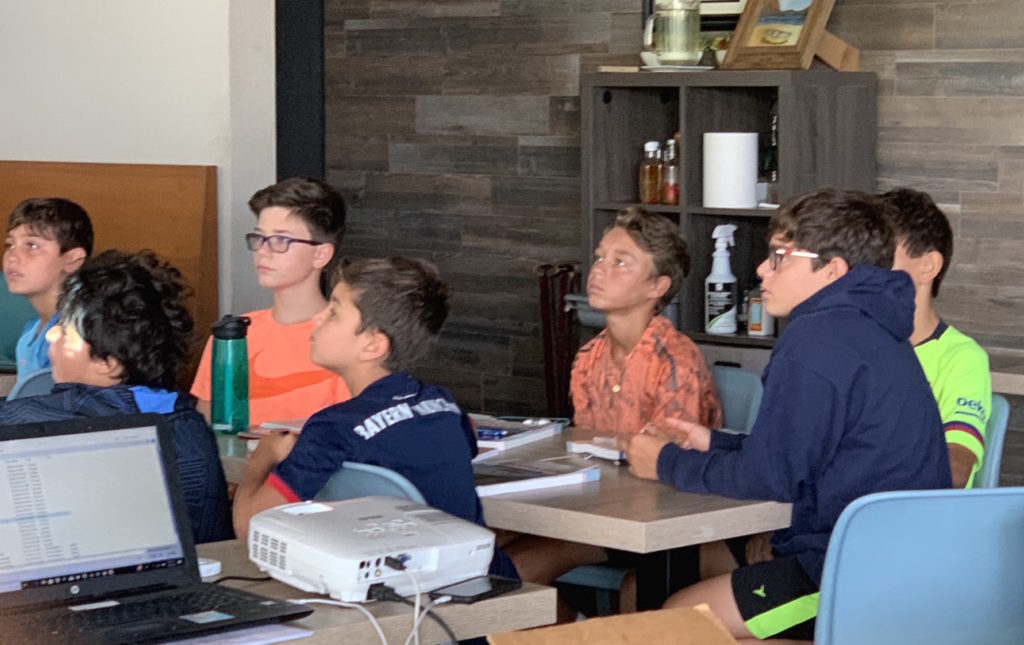 Your “Highway” Signs – Protection of ATONs; buoyage systems; waterway marks; how waterways are marked; light characteristics; chart symbols; light structures; lights on bridges; electronic aids to navigation; a word to the wise; navigation publications.
Your “Highway” Signs – Protection of ATONs; buoyage systems; waterway marks; how waterways are marked; light characteristics; chart symbols; light structures; lights on bridges; electronic aids to navigation; a word to the wise; navigation publications.
The Rules You Must Follow – Two sets of rules; to whom do the rules apply; what is a vessel; the general responsibility rule; general considerations; conduct in narrow channels; traffic separation schemes; vessel traffic services; stand-on or give-way; rules for special vessels; risk of collision; bend signals; restricted visibility; vessel lights and shapes; vessels at anchor; diving operations; distress signals; drawbridge signals; penalties.
Inland Boating – Types of inland waters; inland navigation; inland seamanship; river currents; maintaining inland waterways; dams; locks; river charts; commercial traffic; before you go. (This lesson typically will not be taught in coastal courses)
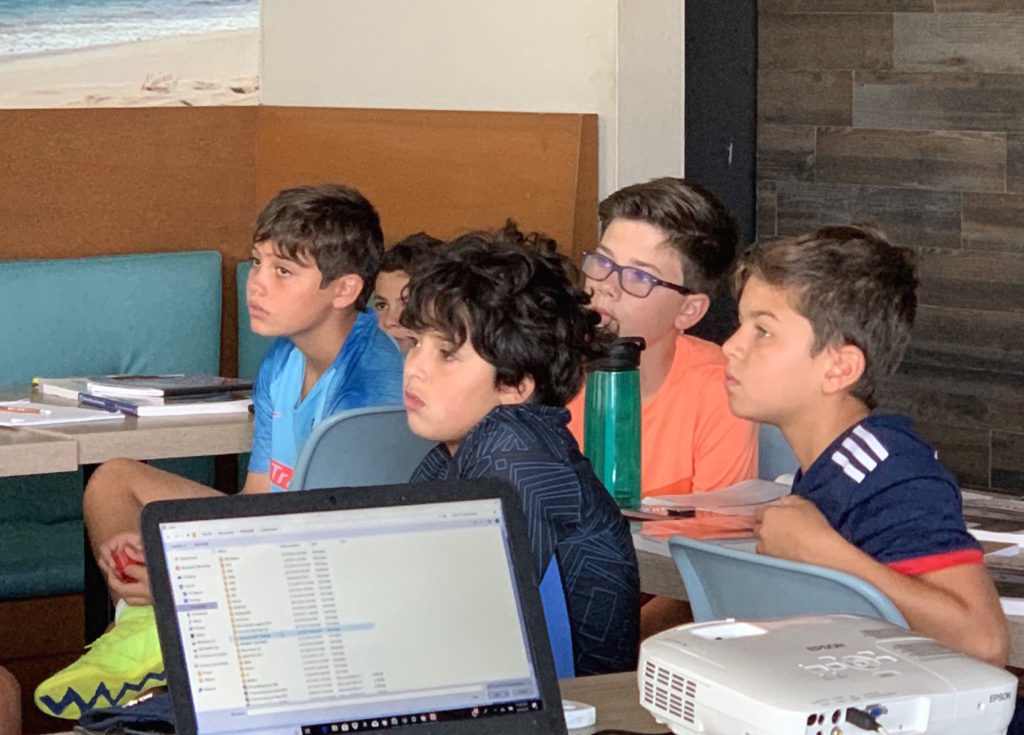 The Rest Of Our Story – Small boat safety; personal watercraft; hypothermia; motorboats and sailboats; carbon monoxide poisoning; float plan; U.S. Coast Guard District Offices; instructions for using a course plotter; metric conversion system.
The Rest Of Our Story – Small boat safety; personal watercraft; hypothermia; motorboats and sailboats; carbon monoxide poisoning; float plan; U.S. Coast Guard District Offices; instructions for using a course plotter; metric conversion system.
Introduction To Navigation – Piloting tools; maps and charts; chart features; your chart’s general information block; other charted information; your magnetic compass; position on the earth’s surface; locating a point on a chart; distance on the earth’s surface; measuring distance; course plotting; sources of compass error; correcting a compass reading; positioning; speed-time-distance; dead reckoning; practice your art.
Powering Your Boat – Types of marine engines; marine engines; selecting a propeller; induction systems; ignition systems; flame arresters; cooling systems; gasoline considerations; batteries; maintenance; winterizing your boat; spring fitting-out; troubleshooting.
Lines & Knots For Your Boat – Line or rope; rope materials; kinds of rope; measuring rope; selecting your ropes; care of rope; making up line; knots, bends, and hitches; splices; securing lines; dipping the eye.
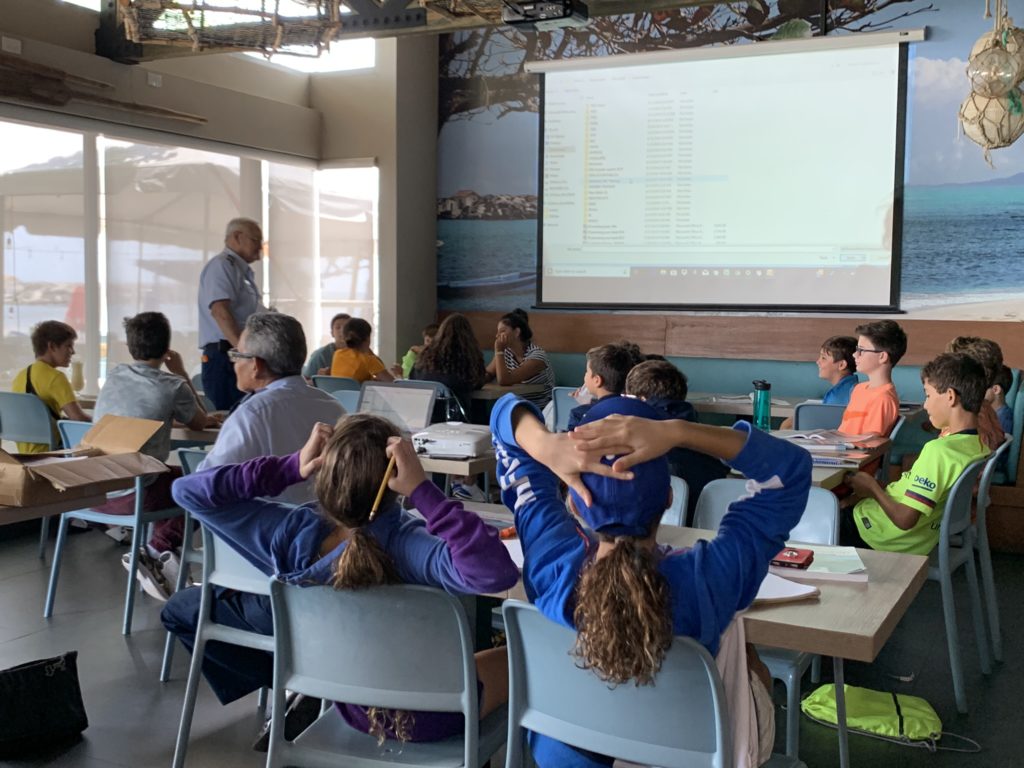
Weather & Boating – Sources of weather information; wind and boating; wind and waves; understanding weather; weather and heat; fog; non-frontal weather.
Your Boat’s Radio – Radios used on boats; functions of radios; licenses; selecting your VHF-FM radio; installation; operating your VHF-FM; maintain a radio watch; channels have special purposes; some “no no’s”; copies of the rules; calling another station; procedure words; phonetic alphabet; routine radio check; distress, urgency, and safety calls; crew training.
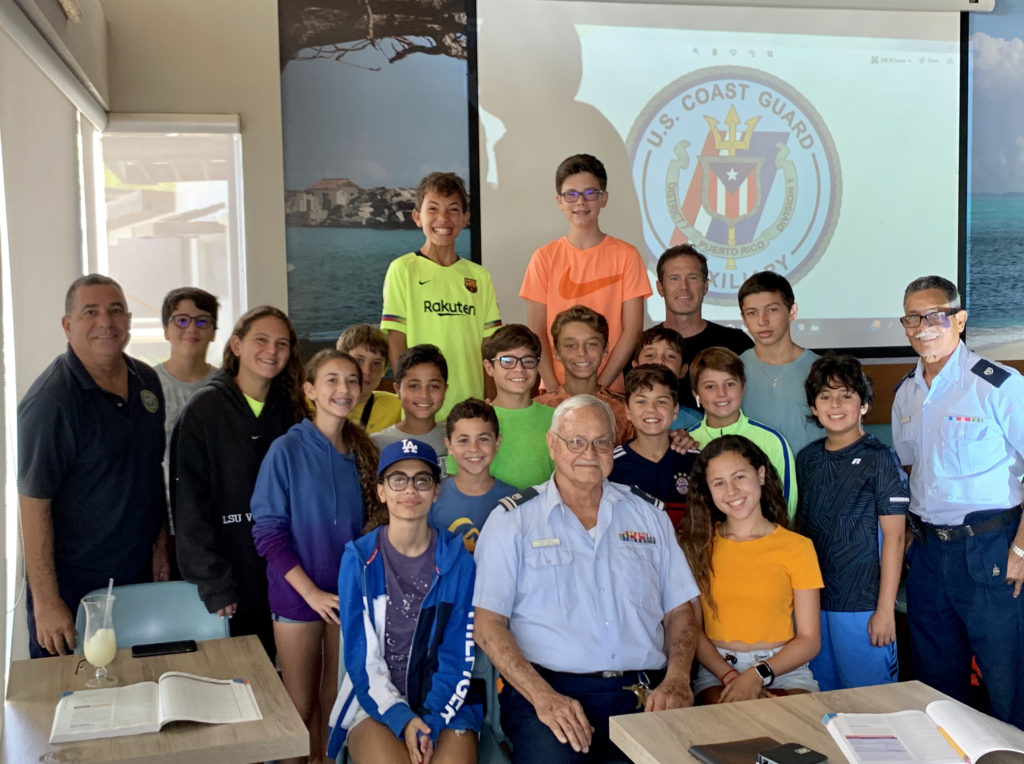
0 Comments
Leave A Comment